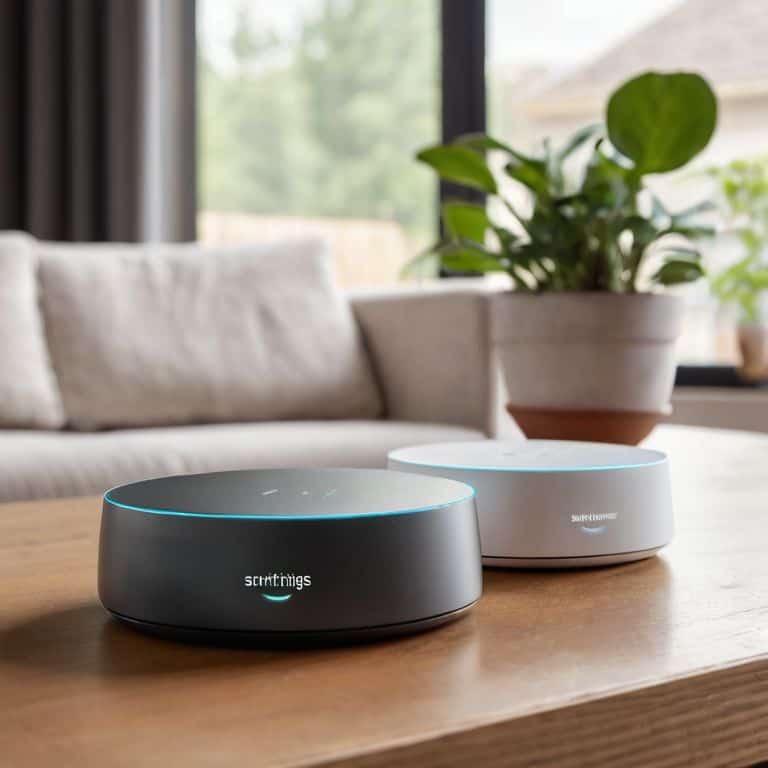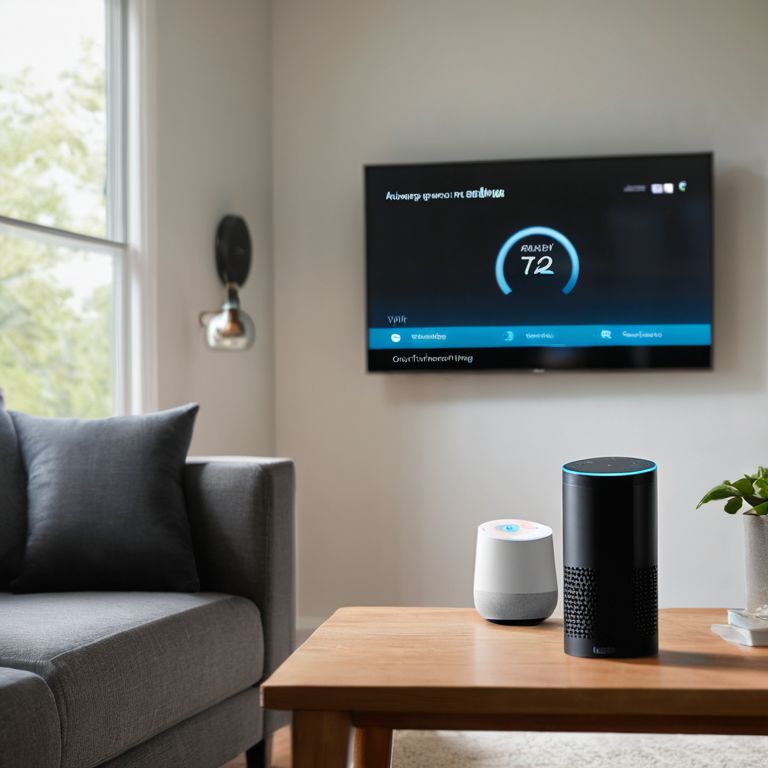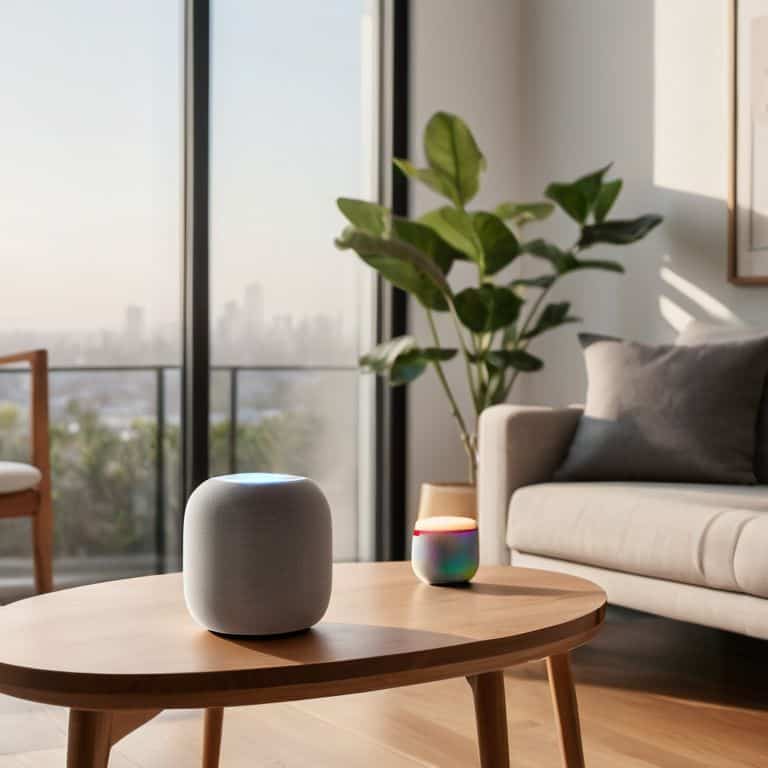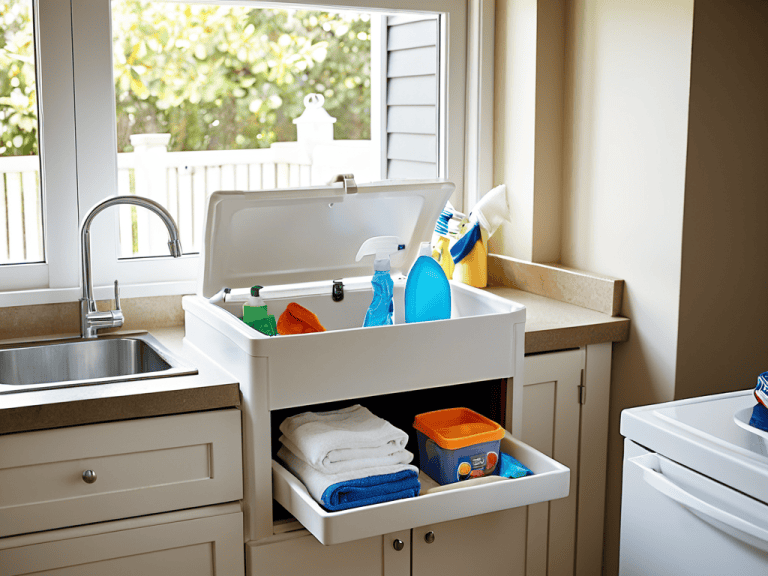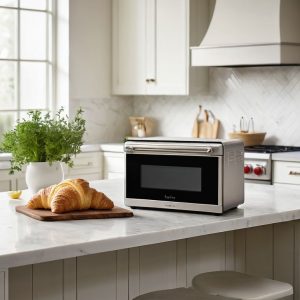I still remember the day I decided to turn my house into a smart home – I was excited, but also overwhelmed by the numerous options available. The home assistant vs smartthings debate was at the forefront of my research, and I spent hours scouring the internet for a straightforward answer. But every article I read seemed to be filled with technical jargon and biased opinions, making it harder for me to make a decision. I felt like I was stuck in a never-ending loop of competing platforms and conflicting reviews.
As someone who’s been in your shoes, I want to assure you that I’m here to provide a no-nonsense guide to help you navigate the home assistant vs smartthings landscape. My goal is to share my personal experience and hands-on knowledge with you, so you can make an informed decision that suits your needs. I’ll cut through the hype and give you a clear, step-by-step breakdown of what to expect from each platform, and how to create a seamless smart home system that truly feels like home. By the end of this article, you’ll be equipped with the knowledge to make a confident choice and start enjoying the benefits of a smart home that just works.
Table of Contents
Home Assistant
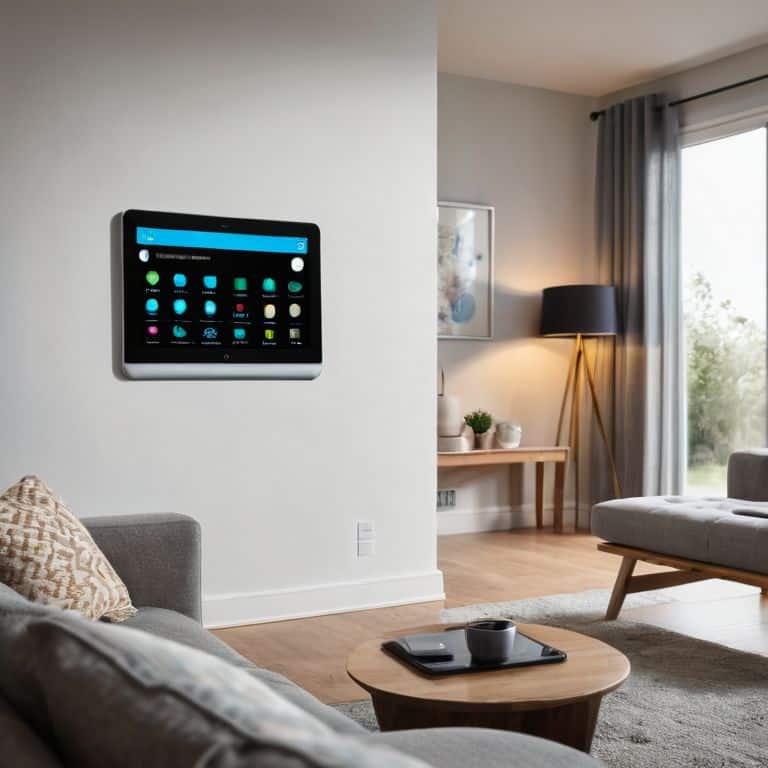
Home Assistant is an open-source home automation platform that allows users to control and automate their smart devices using a single interface, with its core mechanism being based on a hub-and-spoke model that integrates various devices and services. The main selling point of Home Assistant is its ability to provide a seamless user experience by allowing users to control all their devices from one place, making it an attractive option for those looking for a unified smart home solution.
I’ve had the chance to work with Home Assistant, and I can attest that its ability to simplify complex automations is a game-changer. By integrating all my devices into one platform, I can create custom scenes and automations that make my life easier, such as turning off all the lights with just one button press. This level of control and convenience is what makes Home Assistant so appealing to smart home enthusiasts, and it’s something that I’ll be exploring in more depth as we compare it to other options.
SmartThings
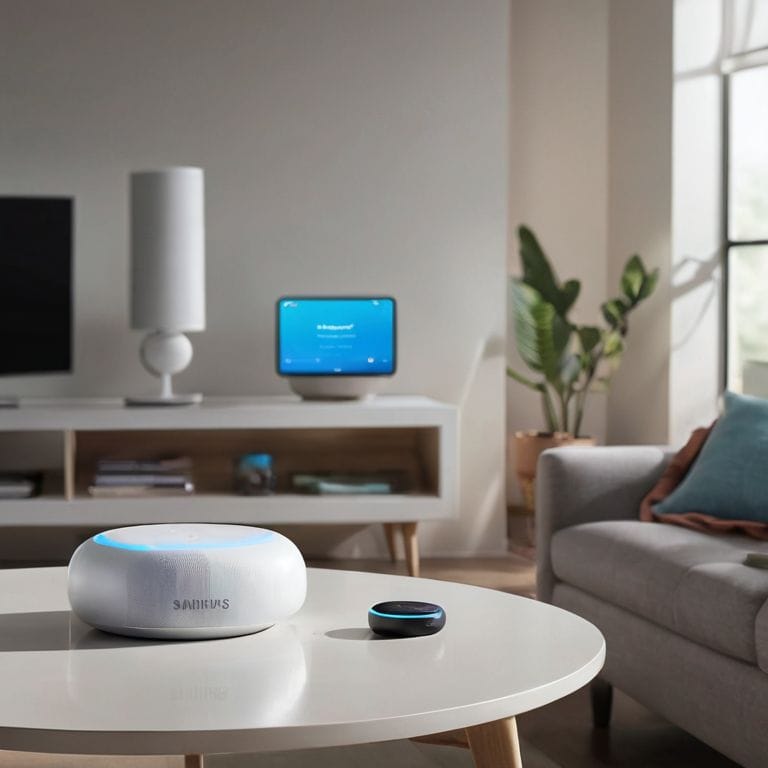
SmartThings is a commercial home automation platform developed by Samsung, which enables users to connect and control various smart devices using a central hub, with its core mechanism relying on a cloud-based infrastructure that allows for remote access and control. The main selling point of SmartThings is its wide device compatibility, allowing users to integrate a vast range of devices from different manufacturers into a single system, making it a popular choice for those with existing smart home setups.
As someone who’s passionate about creating a truly smart home, I appreciate how SmartThings makes it easy to add new devices and integrate them into my existing setup. By providing a user-friendly interface, SmartThings allows me to focus on creating custom automations and scenes that enhance my daily life, rather than spending hours configuring devices. This ease of use is a major factor in SmartThings’ popularity, and it’s something that I’ll be considering as we weigh its pros and cons against those of Home Assistant.
Head-to-Head Comparison
| Feature | Home Assistant | SmartThings |
|---|---|---|
| Price | Free, Open-Source | Hub: $70-$100, Sensors: $20-$50 |
| Key Feature | Local Control, Customization | Automation, Voice Control |
| Best For | Advanced Users, Custom Scenarios | Casual Users, Smart Home Integration |
| Compatibility | Wide Device Support via Plugins | Official Support for Select Devices |
| Security | High, Local Data Storage | Good, Cloud-Based with Encryption |
| Community Support | Strong, Active Community | Moderate, Official Support |
| Ease of Use | Steep Learning Curve | User-Friendly Interface |
Smart Home Showdown
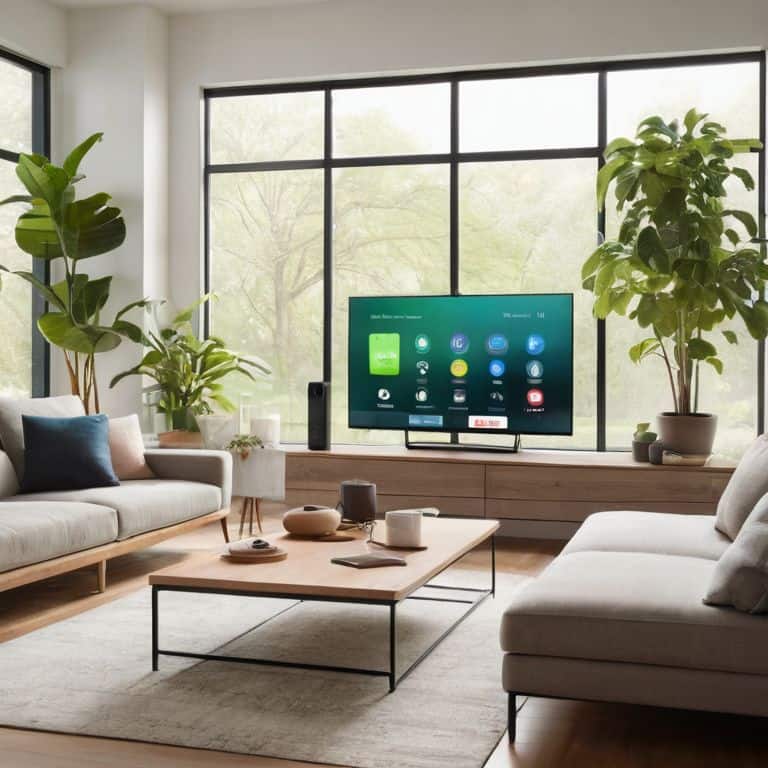
When it comes to a smart home showdown, the ability of a system to integrate and automate various devices seamlessly is crucial. This is why the “Smart Home Showdown” criterion matters – it’s about creating a home that just works, without needing to juggle multiple apps or devices.
In the head-to-head analysis, Home Assistant and SmartThings have different approaches to automation. Home Assistant offers a high degree of customization, allowing users to create complex scenes and automations using its built-in scripting language. On the other hand, SmartThings focuses on ease of use, with a more straightforward and user-friendly interface for setting up automations.
The practical implications of these approaches are significant. While Home Assistant’s customization options may appeal to power users, SmartThings’ simplicity makes it more accessible to a wider range of users. In conclusion, SmartThings is the clear winner in the “Smart Home Showdown” category, as its user-friendly interface makes it easier for users to create and manage automations without needing extensive technical knowledge.
Key Takeaways: Simplifying Your Smart Home Choice
I’ve found that both Home Assistant and SmartThings can be incredibly powerful, but the real magic happens when you choose the one that best fits your lifestyle and tech preferences
By focusing on creating a seamless, ‘one-button’ experience, you can unlock the full potential of your smart home, making it easier to manage and enjoy
Ultimately, whether you opt for Home Assistant or SmartThings, the goal is to create a smart home that feels like an extension of yourself, anticipating your needs and making life easier, not more complicated
The Verdict
The real magic happens when your smart home system disappears into the background, and that’s exactly what I’m looking for in this showdown between Home Assistant and SmartThings – a seamless experience that just works, without needing to juggle multiple apps or platforms.
Jenna Gable
The Final Verdict: Which Should You Choose?
After diving into the world of Home Assistant and SmartThings, it’s clear that both platforms have their strengths and weaknesses. Home Assistant offers a high degree of customization, making it a favorite among DIY enthusiasts and tech-savvy individuals. On the other hand, SmartThings provides a more user-friendly experience, with a wider range of compatible devices and a more straightforward setup process. The choice between these two platforms ultimately depends on your specific needs and preferences.
So, who comes out on top? For the average user looking for a plug-and-play experience, SmartThings is the clear winner. However, for those who want fine-grained control over their smart home setup and are willing to invest time and effort into customization, Home Assistant is the better choice. Ultimately, the decision between Home Assistant and SmartThings should be based on your individual needs and level of technical expertise, and I hope this comparison has helped you make an informed decision.
Frequently Asked Questions
What are the key differences in device compatibility between Home Assistant and SmartThings?
So, when it comes to device compatibility, I’ve found that Home Assistant tends to support a wider range of devices, especially those using protocols like Zigbee and Z-Wave. SmartThings, on the other hand, has stronger support for Samsung devices, but can be a bit more limited with other brands – I’ve had to get creative with some workarounds in my own smart home setup!
Can I use both Home Assistant and SmartThings together in the same smart home setup?
Absolutely, you can use both Home Assistant and SmartThings together. I’ve done it in my own home, and it’s a game-changer. With some creative setup, you can integrate devices from both platforms, creating a seamless smart home experience. I’ll share my tips on how to make it work in my next post, so stay tuned!
Which platform, Home Assistant or SmartThings, is more user-friendly for those new to smart home automation?
Honestly, I think Home Assistant has a steeper learning curve, while SmartThings is more plug-and-play. If you’re new to smart home automation, SmartThings is a great starting point – it’s super easy to set up and navigate, even for a total beginner!




